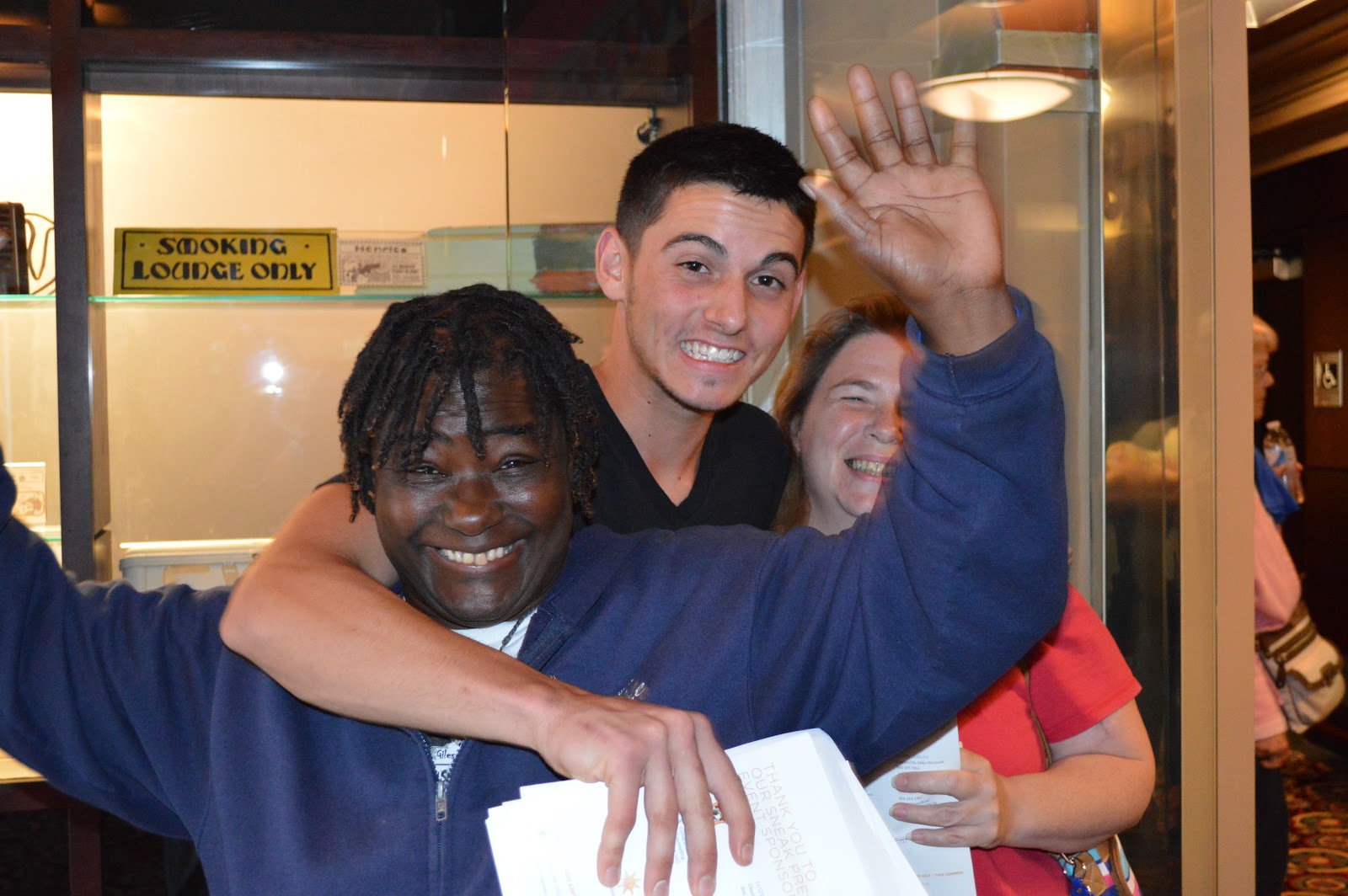*Reblogged from the Scientific American blog
By Cassie Rodenberg | April 30, 2013
Sonya and Eric: Hunts Point, Bronx. Courtesy of Chris Arnade.
Sonya’s going to court today to see her husband, Eric. This is his first felony. “My husband cannot have money in his pocket and not get drugs,” Sonya said, shaking her head forcefully. “It’s not possible.” Eric was caught buying/selling/using. A blur of charges stacked, misdemeanor to felony level.
She hopes the
Bronx criminal court offers her husband, a heroin addict, a residential substance abuse treatment program in exchange for sentence time. Everyone knows that you can’t have too long a drug record to get a treatment offer, but he’s pretty new in the NY state system. Still, it’s a gamble and depends on the judge. Sonya’s nervous and asks for prayers.
At the beginning of his stay in late March, Rikers Island jail gave Eric
methadone, but soon after, the jail stopped providing, and he went off cold turkey.
Eric and Sonya have been heroin addicts for years, a substance they’ve chased around the US — New Orleans, Rhode Island, Hunts Point.
Substance Use and Mental Health Disorders
Substance use disorders among inmates are at epidemic proportions. Almost two-thirds (64.5 percent) of the inmate population in the U.S. (1.5 million) meet medical criteria for an alcohol or other drug use disorder. Prison and jail inmates are seven times likelier than are individuals in the general population to have a substance use disorder. One-third (32.9 percent) of the 2.3 million prison and jail inmates has a diagnosis of a mental illness. A quarter (24.4 percent) of prison and jail inmates has both a substance use disorder and a co-occurring mental health problem.*
Sonya anticipates how bad it will be when Eric’s released: the bundle (10 bags) of dope he’ll find himself drawn to, despite being clean from use. She remembers back in New Orleans where she spent 34 days in jail, a span that hardly counted. Despite the brevity, she doesn’t remember much until her first bag of dope a few hours later. She managed to get the drug on credit from a dealer, shooting it fast right there, who cared who was looking. She was home, home to the feeling.
The Treatment Gap
Of the 1.5 million prison and jail inmates who met clinical diagnostic criteria for a substance use disorder in 2006, only 11.2 percent had received any type of professional treatment since admission. Only 16.6 percent of facilities offer treatment in specialized settings which can produce better outcomes for offenders as measured by drug use and arrests post-release. Few inmates actually receive evidence-based services, including access to pharmacological
treatments, and the availability of highly trained staff is limited. Simply offering treatment, even in specialized settings, does not mean that the treatment is available to all who need it or of adequate quality.
In terms of adjunct services, 22.7 percent of inmates with substance use disorders participated in mutual support/peer counseling and 14.2 percent received drug education; however, such services alone are unlikely to create lasting behavioral changes among those in need of addiction treatment.
Charlie, a long-time cocaine and heroin user, is at the start of a multi-year stint in upstate NY prison. She’s
been in before.
The other times, though, one of her girls had snuck her drugs, ferrying opiates sewed into packages of clothes. A privilege of being a pimp, perhaps. This prison is further away from her usual city lockup, in Westchester County, about an hour drive from the city, and her girls don’t have cars. And so, she’s detoxing without medication, laying in bed day in and out, sleeping little out of discomfort, unable to concentrate on much more than not getting sick. The first time in 25 years.
Her thoughts apart from pain focus on her now-young adult brother who she raised after her parents died when she was a young teen. She worries what he’ll fall into while she’s away, what lifestyle habits he’ll collect back in South Bronx. He calls running the streets cool, ignores Charlie’s protests otherwise.
Children of Inmates
In 2006, American prisons and jails held an estimated 1.0 million substance-involved parents with more than 2.2 million minor children; 73.7 percent (1.7 million) of these children are 12 year of age or younger. The minor children of
inmates are at a much higher risk of juvenile delinquency, adult criminality and substance misuse than are minor children of parents who have not been incarcerated.
Both Beauty and Roland live homeless in Hunts Point. Both are 22 years old and have been locked up for the first time and for multiple times after in the span of the last year.
Reentry of Substance-Involved Inmates
Substance-involved offenders are likelier to recidivate than those who are not substance involved. Over half (52.2 percent) of substance involved inmates have one or more previous incarcerations compared with 31.2 percent of inmates who are not substance involved.
High rates of recidivism translate into burdensome incarceration costs for society, averaging $25,144 per inmate, per year and ranging from a low of $10,700 in Alabama to a high of $65,599 in Maine. Breaking the cycle of re-arrests and re-incarceration requires breaking the cycle of addiction.
After having gone through drug-related arrests in multiple states — enough so that she avoids some areas altogether (mainly the Gulf coast) — Sonya doesn’t know what’s next. She panhandles in front of a Manhattan Petco to support her habit, waits for Eric to return from jail to construct widespread dreams of escaping New York, getting off of heroin, maybe going to sea, or just going anywhere. Starting over, somehow.
“I can’t go outside because I’m scared I’ll get locked up. I can’t get locked up because Eric already is, and then we’d have nothing when we came out. I’m not hurting anybody. I keep to myself, stay away from drama. It doesn’t matter though. After a while you get that nobody’s on your side. Nobody’s going to help you.”
Few Inmates with Substance Use Disorders Receive Treatment
Of the 1.5 million inmates with substance use disorders in 2006, CASA estimates that only 163,196 (11.2 percent*) received any type of professional treatment, including treatment in a residential facility or unit (7.1 percent), professional counseling (5.2 percent) or pharmacological therapy such as methadone, antibuse or naltrexone (0.2 percent). Less than one percent (0.9 percent) received detoxification services.









































































